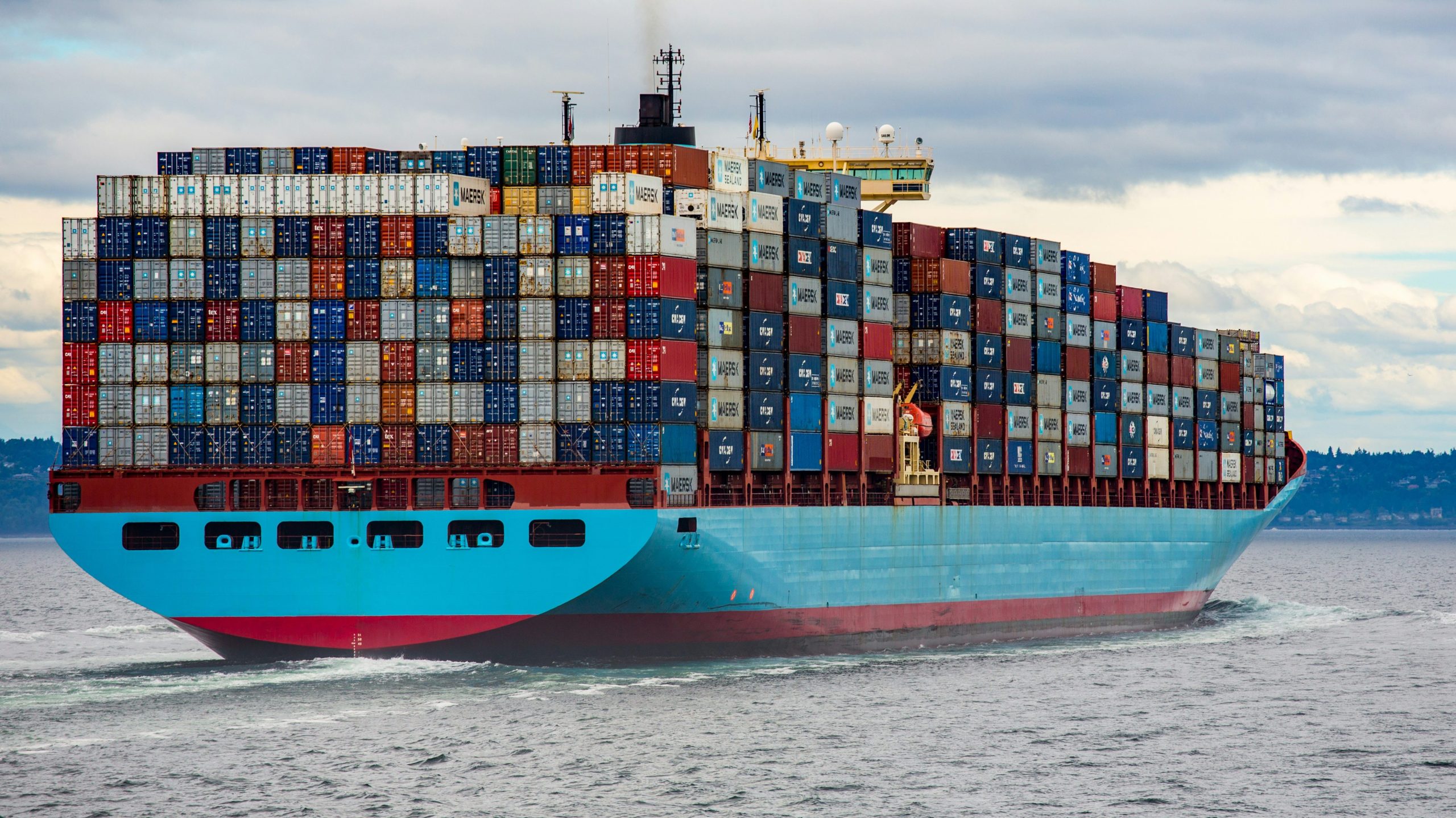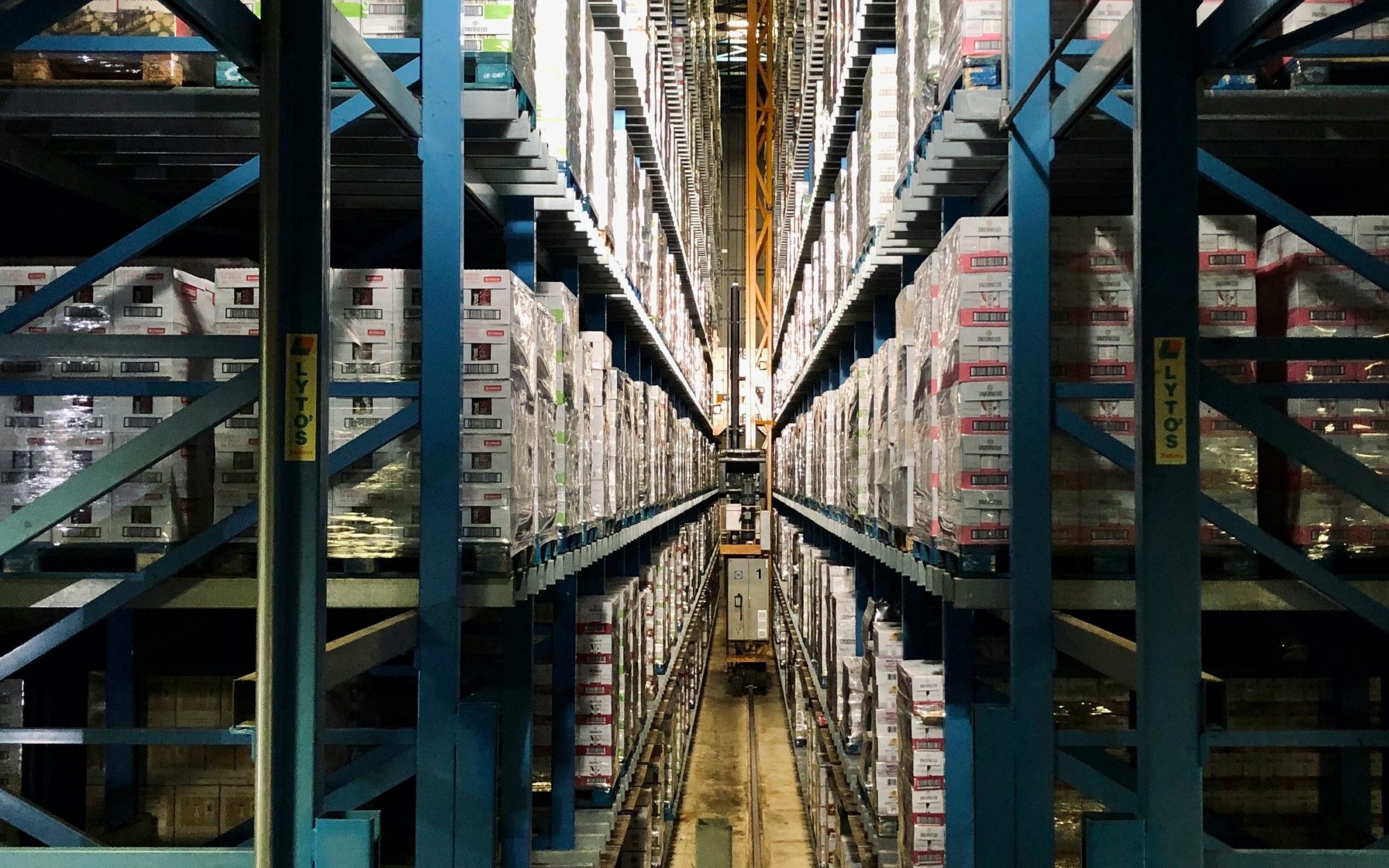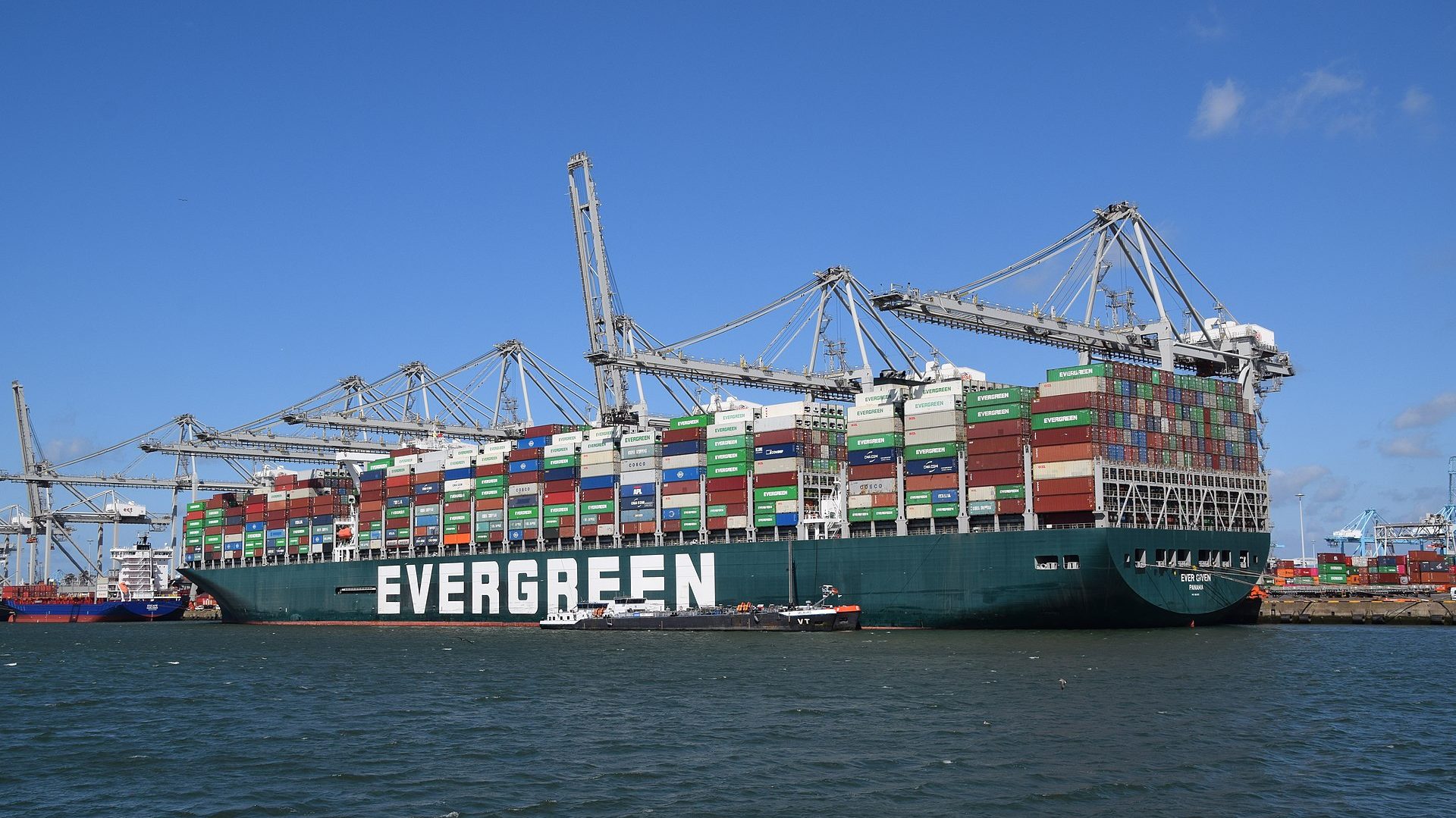In the digital age, OTT platforms, or over-the-top, have completely changed the way we consume content. These platforms use the internet to distribute video content instead of more conventional means like cable or satellite television. As smart gadgets and high-speed internet become more commonplace, OTT platforms have not only become immensely popular but also completely changed the way that digital video streaming is done.
OTT platforms have effectively modified their tactics to accommodate the varied inclinations and actions of distinct age groups, capitalizing on their adaptability and prioritization of digital content. OTT platforms are serving different age groups in the following ways:

Millennials (Born 1981-1996)
Millennials are digital natives who value convenience, variety, and personalized experiences. OTT platforms have captured this demographic by:
- On-Demand Content: Millennials appreciate the ability to watch content on their own schedule, rather than being tied to traditional TV schedules.
- Original Content: Platforms like Netflix and Hulu invest heavily in producing original series and movies that resonate with millennial interests, including diverse genres and culturally relevant narratives.
- Mobile Accessibility: Recognizing millennials’ reliance on smartphones, OTT platforms offer apps that provide seamless streaming experiences across devices, enabling viewing on the go.

- Social Sharing: Integration with social media platforms allows millennials to easily share their favorite shows and movies, fostering a sense of community and engagement.
Generation Z (Born 1997-2012)
Generation Z grew up in a digital era, preferring bite-sized content, interactivity, and socially conscious media. OTT platforms appeal to Gen Z by:
- Short-form Content: Platforms like TikTok and Quibi cater to Gen Z’s shorter attention spans with quick, engaging videos and series that can be consumed in short bursts.
- User-Generated Content: OTT platforms encourage user-generated content and interactive features, allowing Gen Z to participate in content creation and influence trends.
- Diverse Representation: Gen Z values diversity and inclusivity in media. OTT platforms curate content that reflects diverse cultures, identities, and perspectives, resonating with this generation’s values.
- Educational Content: Platforms such as YouTube and Disney+ provide educational content that combines entertainment with learning, appealing to Gen Z’s desire for knowledge and skill development.

Baby Boomers and Generation X (Born 1946-1964 and 1965-1980, respectively)
Baby Boomers and Generation X appreciate quality content, nostalgia, and ease of use. OTT platforms cater to these demographics by:
- Classic and Nostalgic Content: Offering a wide range of classic movies, TV shows, and documentaries that appeal to older generations’ nostalgic preferences.
- User-Friendly Interfaces: Intuitive interfaces and easy navigation make it simple for older users to discover and enjoy content without technical barriers.
- Accessibility Options: Providing options for subtitles, audio descriptions, and larger text sizes enhances accessibility for older viewers with varying needs.
- Family Viewing: Platforms like Disney+ and Amazon Prime Video offer family-friendly content, appealing to older generations looking to share quality viewing experiences with their families.
The capacity of OTT platforms to serve a variety of generations highlights their flexibility and responsiveness to changing customer demands. Personalized recommendations, a wide variety of content libraries, and intuitive user interfaces are just a few of the features that OTT platforms utilize to draw and keep viewers of all ages. OTT platforms are positioned to stay crucial to the entertainment landscape as streaming technology develops and consumer behaviors change. They will bridge generational gaps and offer engaging content experiences catered to the specific interests and expectations of each cohort.
Here’s a detailed exploration of how OTT platforms are transforming the digital video streaming space and the top five factors contributing to their influence.

1. Accessibility and Convenience
OTT platforms offer unparalleled accessibility and convenience to users worldwide. Unlike traditional TV services that require scheduled programming, OTT platforms provide on-demand content. Users can watch movies, TV shows, documentaries, and even live events at their convenience, across multiple devices such as smartphones, tablets, smart TVs, and laptops. This flexibility has empowered consumers, enabling them to tailor their viewing experience according to their preferences and schedules.
2. Content Diversity and Original Productions
One of the key factors driving the success of OTT platforms is their diverse and often exclusive content libraries. These platforms not only license popular movies and TV series but also invest heavily in producing original content. Original productions, ranging from critically acclaimed series to blockbuster movies, have garnered significant attention and accolades. This strategy not only attracts subscribers but also differentiates OTT platforms in a crowded market.
3. Global Reach and Personalization
OTT platforms operate on a global scale, transcending geographical boundaries. This global reach allows content creators to distribute their work to a broader audience, facilitating cultural exchange and diversity in content consumption. Moreover, OTT platforms leverage advanced algorithms and user data to personalize recommendations. By analyzing viewing habits and preferences, these platforms curate content suggestions that align with individual tastes, thereby enhancing user satisfaction and engagement.
4. Technological Innovation and User Experience
Technological innovation plays a pivotal role in the success of OTT platforms. These platforms continually invest in enhancing streaming quality, optimizing bandwidth usage, and supporting high-definition (HD) and ultra-high-definition (UHD) content. Furthermore, advancements in streaming protocols and adaptive bitrate technologies ensure smooth playback across varying internet speeds and devices. Additionally, interactive features, such as offline viewing, multi-device synchronization, and integrated social sharing, further enrich the user experience.
5. Disruption of Traditional Media and Business Models
OTT platforms have disrupted traditional media and business models, challenging established norms and practices. By offering subscription-based and ad-supported models, OTT platforms provide flexibility to consumers and advertisers alike. This shift has compelled traditional broadcasters and content creators to adapt to changing consumer preferences and adopt digital-first strategies. Moreover, the direct-to-consumer approach adopted by OTT platforms has bypassed intermediaries, enabling creators to retain greater control over their content and monetization strategies.

In conclusion, OTT platforms have redefined the digital video streaming space through accessibility, diverse content offerings, global reach, technological innovation, and disruptive business models. These platforms continue to evolve, driven by consumer demand for personalized, high-quality entertainment experiences. As the streaming landscape evolves, OTT platforms are poised to shape the future of digital entertainment, catering to an increasingly connected and discerning audience.
Whether you’re binge-watching your favorite series or discovering new content, OTT platforms have undoubtedly transformed how we consume and interact with digital video streaming, making entertainment more accessible, engaging, and personalized than ever before.

Check out the various Master’s programme we offer including Digital Business to kickstart or rocket-fuel your career growth: list of online bachelor/master/PhD programmes.
You can also chat LIVE on WhatsApp with one of our Education Advisors for more information on the application process, and the discounts we might offer.















